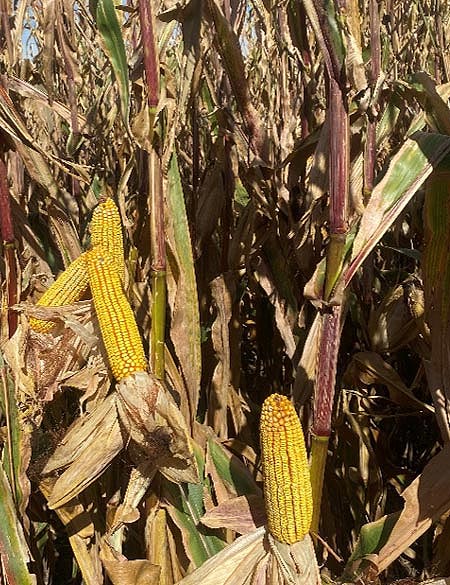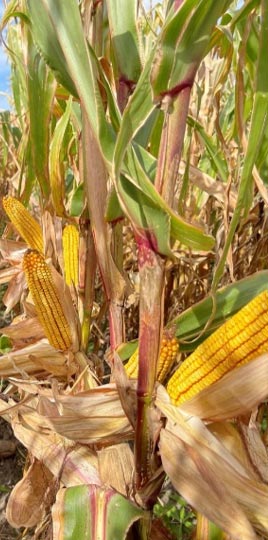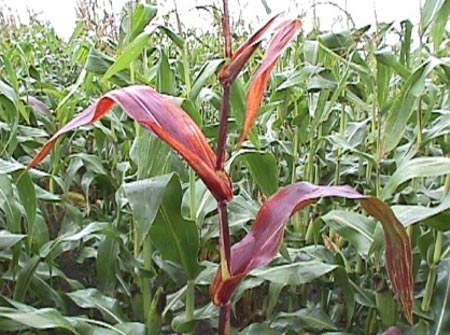Our unmatched team of local professionals live and work in your community. They’re ready to help you select high-yielding products and provide year-round service and expertise. Have questions? Ask your local Pioneer sales representative today.
Find My Local TeamLate Season Purpling of Corn Plants
Something went wrong. Please try again later...
Written by Dan Berning, Pioneer Agronomy Manager


